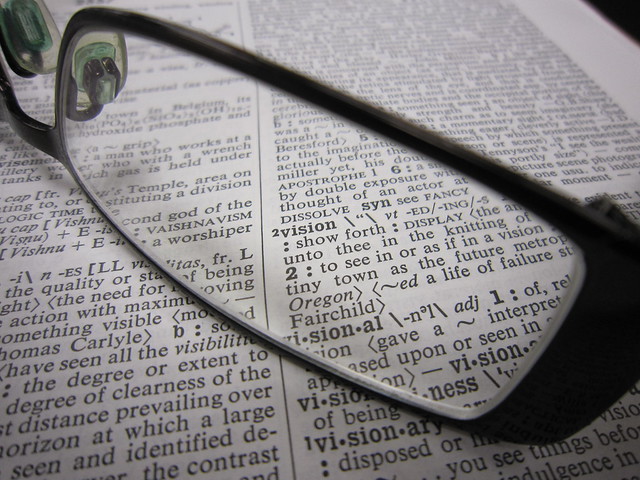Vision, as it pertains specifically to the creative process, is an incredibly abstract concept; there are dozens of different ways to define it and exponentially more ways to apply it. But what we all know for sure is that vision is one of the most — if not the most — important of all the assets at a photographer’s disposal. You can own the very best cameras and lenses on the market; you can boast of being formally educated in photography; you can live in the most picturesque place in the world; none of this matters much if you lack the sort of creative insight that will allow you to tie all those things together in a meaningful way.
It’s important, when attempting to define vision, that we avoid a one-size-fits-all approach. Vision isn’t about adopting the same course of action that another photographer follows; vision is unique to you and is inextricably connected to the way you interpret your surroundings. This, in turn, is reflected in the specific way you choose to communicate through the imagery you create. No two people will do it exactly the same. Ten photographers tasked with capturing the same subject will result in 10 different interpretations of the subject. Vision, then, is apparently not accidental; it takes a certain mindfulness and deliberate application of varied cognitive processes to convey the idea or message or mood that one intends.
As alluded to above, interpretation plays a key role amongst the many elements that comprise vision. While you may see yourself as simply using your camera to capture the world just as it is, there’s actually a little more to it than that. When you stand before your subject, interpret it, and apply your vision, it’s as if you are applying a filter. Whether choosing to use an aperture of f/1.2 as opposed to f/8 or purposely underexposing or tilting the horizon, you’re making a decision about what others will see.
Developing your vision is an ongoing process. There are plenty of ways to go about this lifelong task, but I've found that one of the most useful approaches is drawing inspiration from the creative works of others — musicians, sculptors, painters, photographers, writers. Creativity inspires creativity. It's not about playing copycat but, rather, a matter of taking cues from the distinctive characteristics that permeate the work of artists you appreciate. Good old fashion trial and error is also a fantastic method of developing vision. Among the many conveniences afforded to photographers in this digital era is the ability to experiment without taking much of a financial hit. No need to worry about wasting film; if you're not satisfied with the outcome, simply delete the file, reformulate your theory and try again.
Again, refining your creative vision is a journey. There will surely be frustrations along the way, but it is imperative that you remain dedicated to your ultimate goal — creating images that are wholly representative of your vision. Don’t waste your time worrying about what gear you have or don’t have; time and time again truly resourceful and creative photographers have demonstrated that an iPhone, a medium format Hasselblad, a vintage Leica, a high end DSLR/mirrorless system, or a 10 megapixel point-and-shoot can all be used in exciting ways. Don’t allow yourself to become boxed in by technology or by rules or by others’ definitions of what constitutes greatness.
Trust your vision. Own it. Be bold enough to share it; while you’re drawing inspiration from others, you never know you may be inspiring in turn.








3 Comments
Jason I frequently read your posts and appreciate your insight. Thanks for sharing.
Thanks for taking the time to read and respond, Bill!
My partner and I stumbled over here by a different page and thought I may as well check things out. I like what I see so now i’m following you. Look forward to looking over your web page repeatedly.|